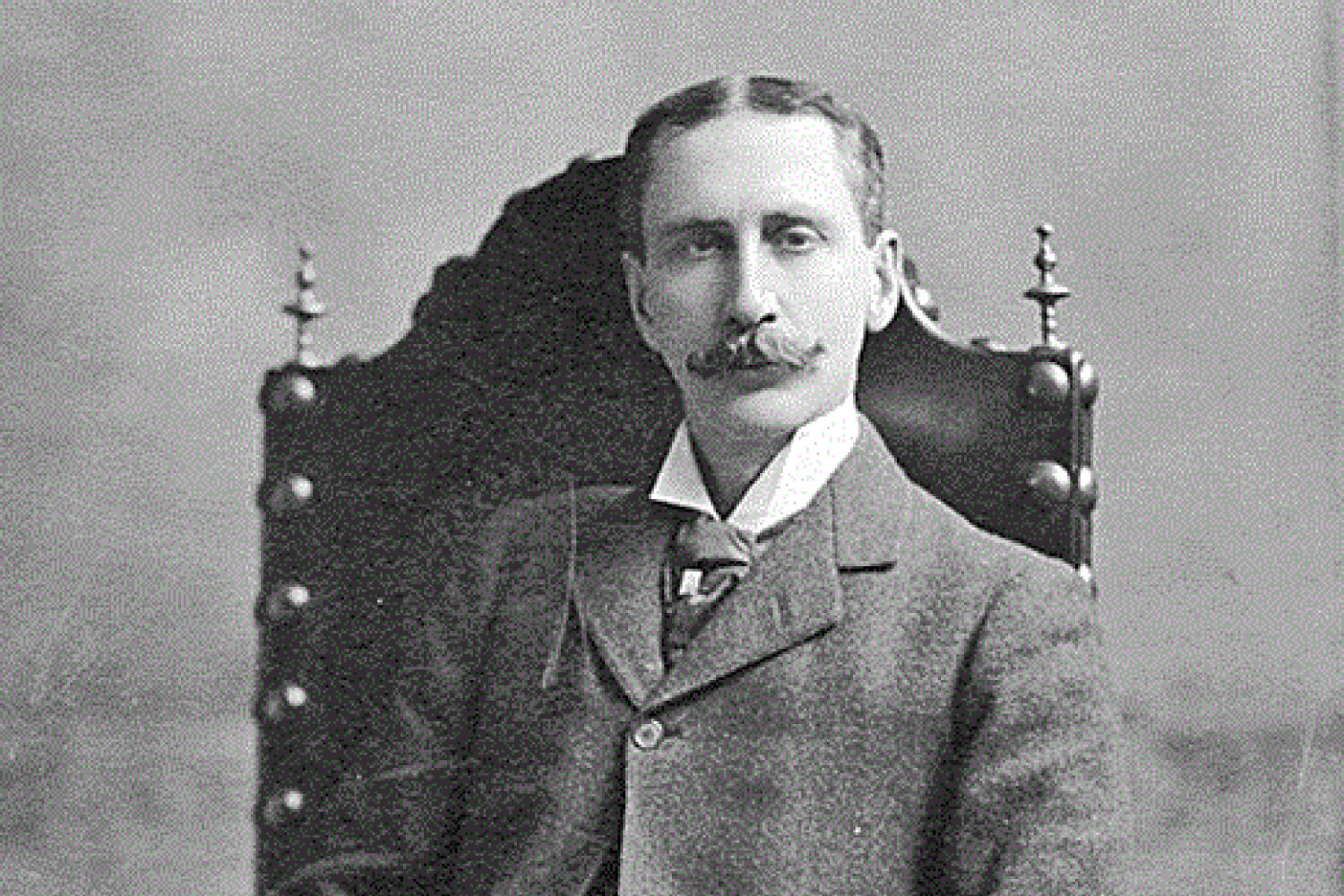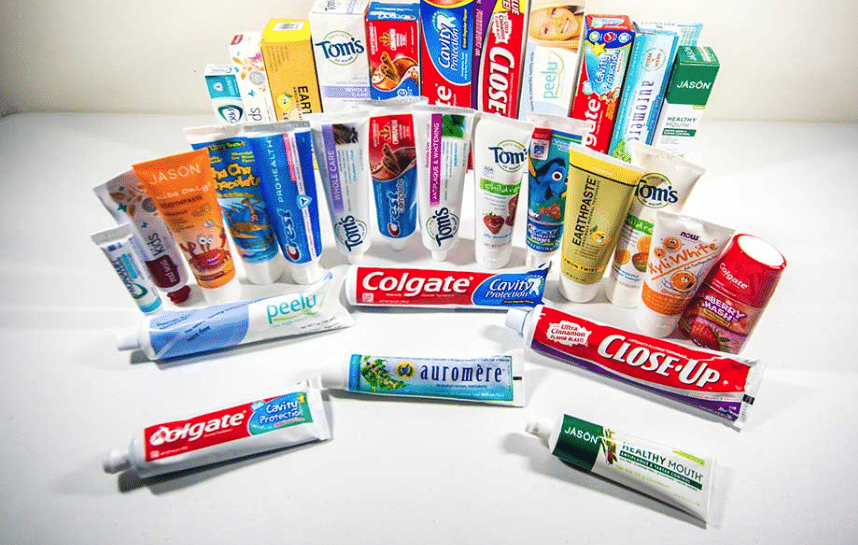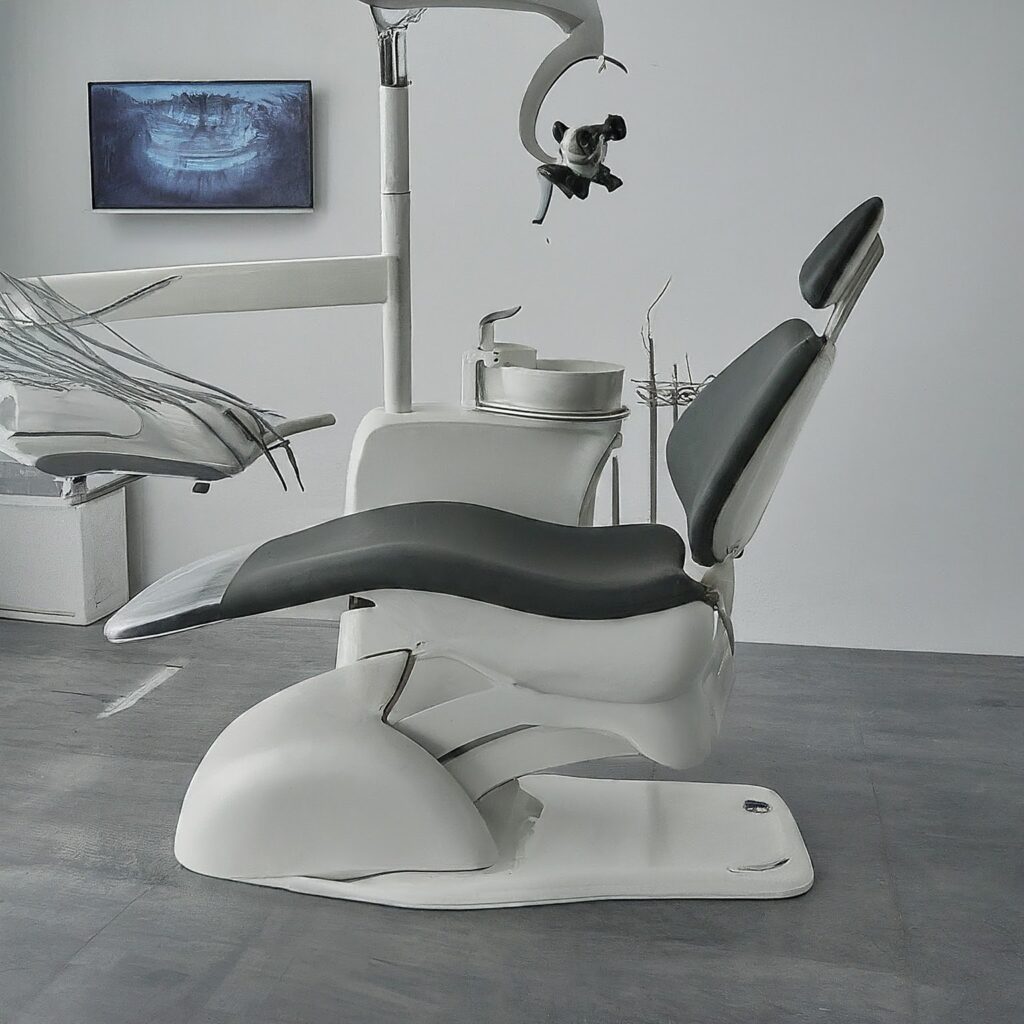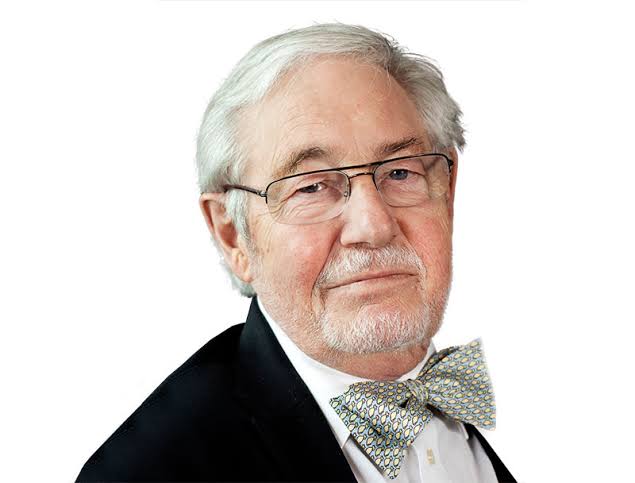Orthodontics, the dental specialty focused on correcting misaligned teeth and jaws, has a rich history that dates back thousands of years. Here’s a brief history of orthodonitcs:
Ancient Times:
- Ancient Egypt (3000-4000 BC): Archaeological evidence suggests that ancient Egyptians used metal bands around their teeth, possibly as an early attempt at straightening teeth. Mummies have been found with crude metal devices on their teeth, indicating an early form of orthodontic treatment.
- Greek and Roman Contributions: The ancient Greeks and Romans also contributed to early orthodontics. Hippocrates and Aristotle wrote about irregularities in teeth, and the Roman writer Celsus recommended finger pressure to correct teeth in children.
Middle Ages to 18th Century:
- Pierre Fauchard (1678-1761): Known as the “Father of Modern Dentistry,” Fauchard made significant advancements in orthodontics. In his 1728 book “The Surgeon Dentist,” he described methods for straightening teeth, including the use of a device called the “Bandeau,” a horseshoe-shaped piece of metal that helped expand the arch.
19th Century:
- Norman W. Kingsley (1829-1913): A key figure in the 19th century, Kingsley wrote extensively about orthodontics and designed appliances to correct dental deformities. He was one of the first to recognize the importance of jaw alignment in facial aesthetics.
- John Nutting Farrar (1839-1913): Farrar is known for his work on the scientific principles of tooth movement. He emphasized the importance of using gentle, consistent forces to move teeth, a principle still central to orthodontics today.
20th Century:
- Edward H. Angle (1855-1930): Often called the “Father of Modern Orthodontics,” Angle made major contributions by developing the first classification system for malocclusion (misaligned teeth), which remains in use. He also founded the first orthodontic school and invented several orthodontic appliances, such as the “Edgewise” bracket, the precursor to modern braces.
Modern Orthodontics:
- Technological Advances: The 20th and 21st centuries have seen significant technological advancements in orthodontics, including the development of more comfortable and effective braces, clear aligners (like Invisalign), and digital imaging for precise treatment planning.
- Specialization and Professionalization: Orthodontics became a recognized dental specialty in the early 20th century, with specialized training programs and professional organizations like the American Association of Orthodontists (founded in 1901).
Today, orthodontics continues to evolve with innovations in materials, techniques, and technologies, making treatment more efficient, effective, and accessible.




